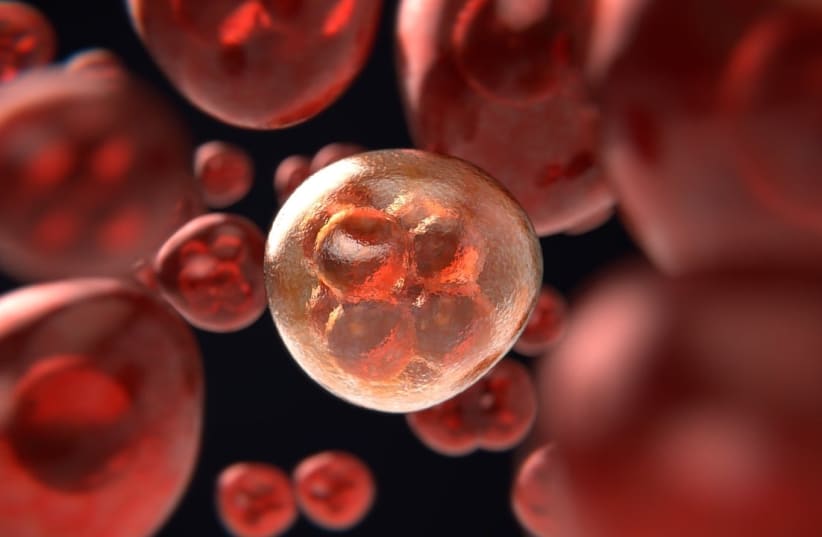A recent study has provided new insights into the late emergence and proliferation of eukaryotic life forms on Earth, challenging previous beliefs about their history.
The peer-reviewed research, published in Nature, unveils the discovery of abundant protosteroids in mid-Proterozoic sedimentary rocks, shedding light on the presence of an ecologically prominent "proteosterol biota" that thrived from approximately 1,640-800 million years ago.
These findings suggest a significant ecological turning point, known as the "Tonian transformation," that shaped Earth's history.
What was the previous view on eukaryotic life before the recent study?
All life on Earth can be broadly divided into two distinct parts, eukaryotes and prokaryotes.
Prokaryotes are single-cell organisms and consist of bacteria and microorganisms known as archaea. However, eukaryotes, which emerged sometime later, are multicellular life forms and consist of basically every living being visible on Earth above a microscopic level.
However, when exactly eukaryotic life first began to crop up and thrive isn't entirely clear. Until now, the prevailing view was that eukaryotic life flourished relatively late in Earth's timeline. This perspective was based on the scarcity of diagnostic eukaryotic fossils in marine sediments from the mid-Proterozoic era.
Additionally, the absence of steranes, molecular fossils of eukaryotic membrane sterols, further fueled the belief that eukaryotes emerged relatively recently.
However, molecular clock estimates indicated that the last eukaryotic common ancestor (LECA) existed between 1,200 and more than 1,800 million years ago. This implies that eukaryotes may have emerged earlier than previously believed.
These estimates also implied the presence of stem-group eukaryotic forms preceding LECA by several hundred million years. The discrepancy between molecular clock estimates and the scarcity of eukaryotic remains posed a significant challenge.
The recent study addresses this disparity by uncovering an abundancy of a certain type of biomarker (a biological molecule) known as protoseroids in mid-Proterozoic sedimentary rocks. These primordial compounds had gone unnoticed until now because their structures represent early intermediates of the modern sterol biosynthetic pathway. This is something predicted in the earlier research of Konrad Bloch.
The protosteroids provide evidence of an extensive and widespread "protosterol biota" that thrived in aquatic environments from at least 1,640 to around 800 million years ago. This biota likely comprised ancient protosterol-producing bacteria and deep-branching stem-group eukaryotes.
Moreover, the study highlights the emergence of modern eukaryotes during the Tonian period, which occurred from 1,000 to 720 million years ago. This transformation was driven by the proliferation of red algae (rhodophytes) around 800 million years ago.
The "Tonian transformation" is now recognized as one of the most significant ecological turning points in Earth's history, marking the appearance of modern eukaryotes and their expanding influence.

